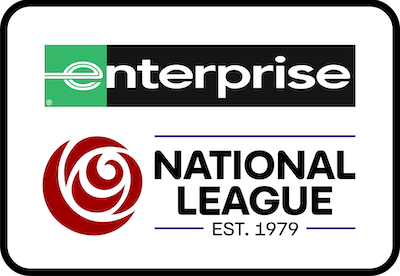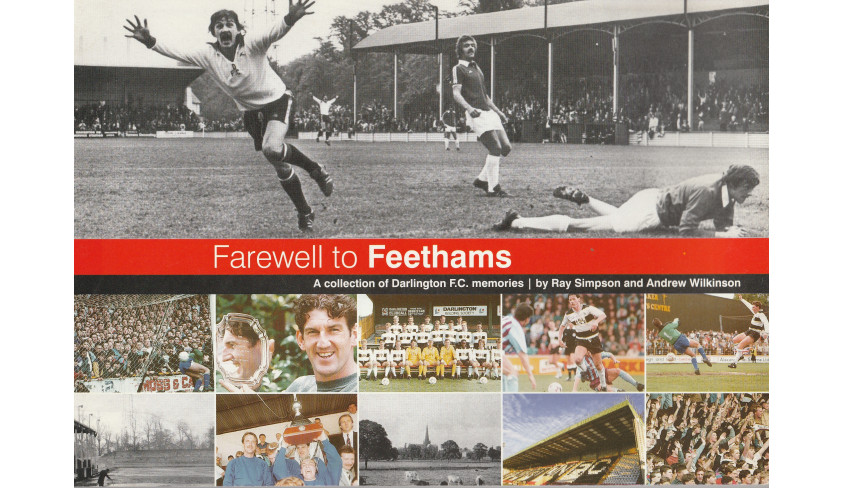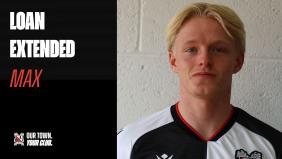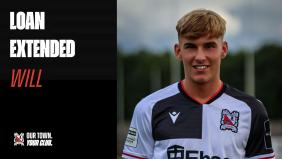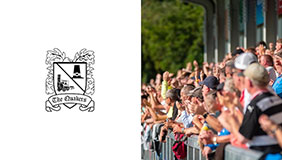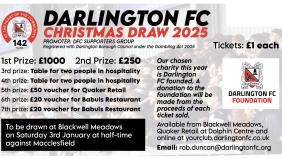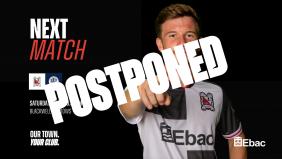Part 1 of a collection of Darlington FC memories
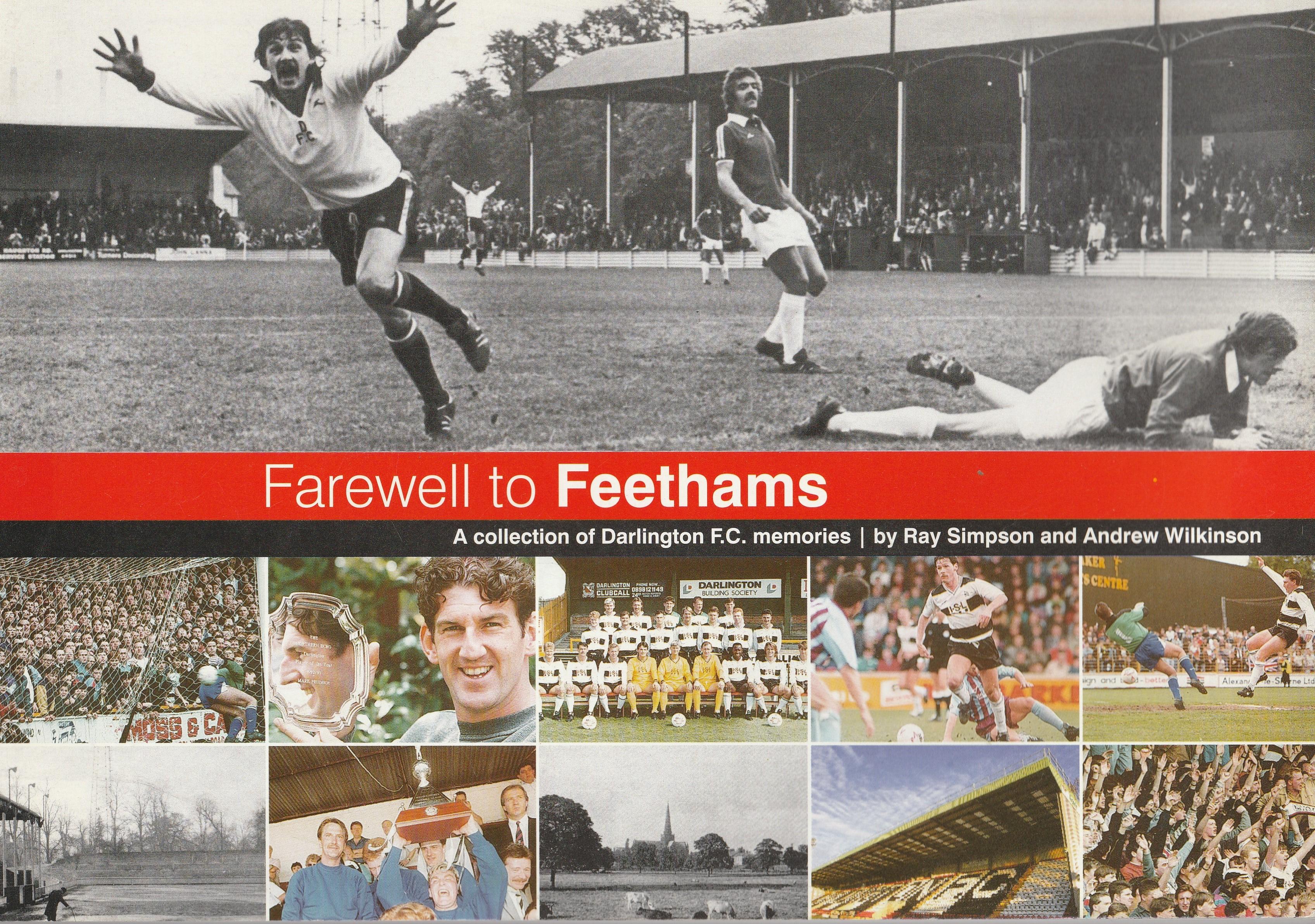
In 2002, as the club was preparing to leave Feethams, the Farewell to Feethams book, written by Andrew Wilkinson and RS, was published.
The book was a compilation of memories from fans, officials, managers and players who had served the club over the years, and in turn that revived many further memories of the club's exploits, especially with an emotional parade of former players at Feethams in May 2003.
The book, which was published in conjunction with the Northern Echo, has now been adapted for the Darlington website, and will appear over the next few months whilst we wait for football to restart.
We hope that the adaptation will revive more memories -- write to us, if you want, at media@darlingtonfc.org with your memories, and we'll do our best to publish them.
Our re-launch begins with the first part of the club's history, way back in 1883 covering the years up to 1922.
https://darlingtonfc.co.uk/news/enter-our-virtual-5050-draw
Feethams (said to be named after a firm of local solicitors) had been used for
football since being rented from John Beaumont Pease in 1866, though Darlington
Football Club was not officially formed for another 17 years.
It was founded at a meeting in Darlington Grammar School on July 20th 1883, and
although the first match was played at North Lodge, almost immediately the club
moved to Feethams. Few Football League clubs had the same home for as long as the Quakers.
Darlington became the major club in the Southern Section of the Durham Football Association. In 1885 they won the Durham Senior Cup, beating Sunderland in the final.
The following season Darlington made their first FA Cup (then known as the English Cup) appearance. They were walloped 8-0 by Grimsby, and have never suffered a bigger FA Cup defeat though six years later they hammered Scarborough 13-1, a victory that remains their biggest.
A 5-0 home defeat by arch rivals Darlington St Augustines though didn't go down well with the Feethams faithful!
In 1889 Darlington became one of the original 10 members of the Northern League. Two Newcastle teams (East End and West End) and two Middlesbrough teams (the current club and Ironopolis) were members, Darlington first won the league in 1896.
Good players were signed, among them Charlie Roberts, a centre half. After being transferred to Grimsby, he later joined Manchester United for a then huge £400. In 1904/05 he played three times for England.
Darlington became professional in 1908, and joined the North Eastern League. In 1911 Quakers reached the last 16 of the FA Cup, beating Hartlepool, Wingate, Bishop Auckland, Shildon, and Derbyshire team Blackwell Colliery in the qualifying rounds.
Darlington then created one of their biggest upsets when a goal from Fraser gave them a 1-0 win at First Division Sheffield United - one of the few times in the history of the competition that a non-league side has won away at top flight opposition.
Around 5,000 fans and a band were waiting to welcome the team home. For the visit of Bradford Park Avenue of the Second Division, 12,030 fans packed Feethams to see Darlington win 2-1 with goals from Cornock (his eighth of that season's competition) and Dodds. They lost 3-0 at home to Swindon in the next round.
In 1912/13 Quakers won 31 of their 38 games to win the North Eastern League, conceding just 23 goals, a League record. In 1914 Darlington were winning a cup replay 2-1 against Port Vale at Feethams, when the game was abandoned owing to darkness.
During the First World War the club survived financial trouble, being rescued by Darlington Forge Albion, whose chairman, J B Haw took over the name, ground and affairs of Darlington FC. The new board completed the stand at Feethams and the club became a limited company.
By then Darlington had another big Sheffield scalp, having won 2-0 at Wednesday. George Stevens and George Malcolm scored in front of 52,000 fans.
Over 42,000 saw Ouakers lose at Birmingham in the next round. Quakers did, however, win the Durham Senior Cup that season, beating Durham City at Roker Park, Aaron Travis scoring the only goal.
The following season Darlington won their last six games to clinch the North Eastern League. That success earned them their Football League place in the newly formed Division Three North.
On August 27th, 1921, a crowd of 8532 packed Feethams for the first Football League game, goals from Bill Hooper and Hugh Dickson giving the following side a 2-0 win over Halifax; Tommy Greaves, Hugh Dickson, Tommy Barbour, Percy Sutcliffe, George Malcolm, Alf Dolphin, Bill Hooper, William Edmunds, Arthur Wolstenholme and Thomas Winship.
Home and away games were played consecutively, and Darlington went to Halifax the following week and lost 5-1. But they came to terms with the new league and finished
runners up to Stockport County -- not enough for promotion because only the champions were promoted in those days.
A year later they paid Dundee £80 for David Brown, who scored 74 goals in just 97 league appearances for Quakers. He scored 27 times as Darlington were unbeaten at home in the following season. They even played one game on the cricket field --- a 2-1 win over Chesterfield as the football ground was frozen.
The football club issued 5,000 £1 shares to keep themselves afloat, and the next season Brown notched 39 goals, to create a new Third Division record. Darlington won the title to clinch promotion to the second division.
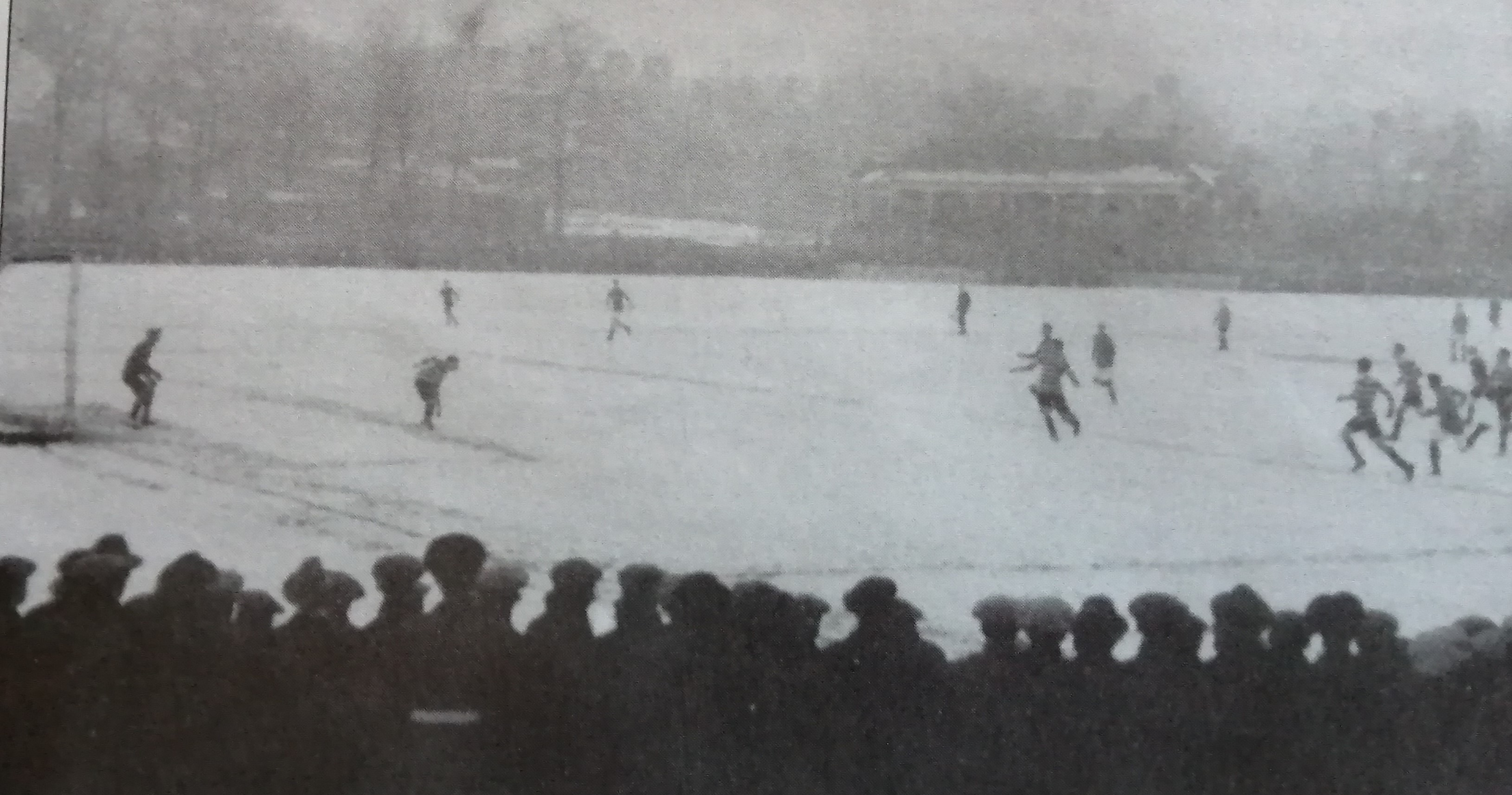
Incidentally, if you think Darlington should have done better over the years, take a look at the teams who finished behind them in the Third Division North -- Nelson were runners up, followed by New Brighton, Southport and Bradford Park Avenue, all now gone from the Football League.
Next time -- the West Stand burns down in 1960



